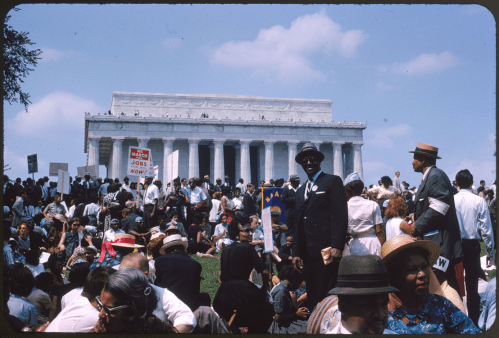Every night for more than a week, television has brought home graphically the suffering of men, women and children streaming out of Kosovo and seeking refuge in Macedonia, Albania and Montenegro. The United Nations high commissioner for refugees counts more than 400,000 of them since the air strikes began March 24.
What is not shown are the hundreds of thousands of Kosovars who remain forcibly displaced within Kosovo, and whose fate, according to all accounts, may be far worse. NATO reports tens of thousands stranded in woods and on mountain slopes exposed to cold, hunger and illness. Tens of thousands more are said to be trapped south of Pristina in Pagarusa Valley, where they are under fire by Yugoslav forces.
There are also tens of thousands reportedly trapped in the Drenica area, moving desperately from one place to another, not to mention tens of thousands on the run in the Pec region, trying to make their way north. To these are now added the tens of thousands of homeless, destitute people gathered at the Albanian border whom the Serb forces have pushed back into Kosovo and for whom the worst must now be feared. There are confirmed reports that forcibly displaced persons unable to get out are being subject to mass executions, rape, burnings alive and other atrocities.
The international community cannot speak of protection for ethnic Albanians without focusing on those who are trapped inside Kosovo and have virtually nowhere to turn. Reports say the majority of the 1.8 million ethnic Albanians inside already have been uprooted. This could mean up to half a million displaced still inside the country. Yet aid agencies have left, there are no international troops on the ground and there is no international institution like UNHCR specifically charged with—or able—to protect and assist the internally displaced.
Protecting internally displaced ethnic Albanians within Kosovo is not only a humanitarian imperative but a political one. The stream of refugees that has flowed into Macedonia, Albania and Montenegro threatens to destabilize those countries. The United States and other countries have not been willing to take much more than token numbers.
It is simply not enough to wait for the bombing of strategic military targets in Yugoslavia to force Serbian leader Slobodan Milosevic to halt his atrocities. NATO has belatedly stepped up its air strikes against Serb tanks and paramilitary forces attacking and forcibly expelling ethnic Albanians. It must now do everything possible to speed up the introduction of Apache helicopters even at the risk of upstaging the humanitarian relief effort. NATO should also enforce a no-fly zone over Kosovo to prevent Serb planes from resupplying their ground forces by air.
Most of all, NATO must shake free of its self-imposed shackles against the use of ground forces and move quickly to set up one or more protected areas inside Kosovo for the internally displaced. This is made all the more urgent by the Milosevic government’s latest act of driving displaced thousands back into Kosovo.
Military planners object that a month or more would be required to bring adequate forces and equipment to bear to drive the Serb army out of Kosovo. But for the more limited purpose of protecting populations, the alliance should be able to call upon its rapid reaction forces.
The United States has brigades it can move within a few days and more than 10,000 troops are in Macedonia. With Serb forces weakened by attacks on supply lines, the credible threat of even a limited ground force could make Milosevic’s government reconsider its scorched earth policy.
When creating a protected area, NATO should make clear that its action is solely humanitarian and defensive and not designed to prejudice the future status of Kosovo. Protected areas are a temporary solution aimed at safeguarding people at risk.
They can not be staging areas for guerrilla forces; they must therefore be off limits to the Kosovo Albanian guerrilla forces so as not to give the Serb army an excuse for targeting the area. Most importantly, they must be well defended.
In 1991, the United States and its allies succeeded in creating a safe haven in northern Iraq to protect displaced Kurds. In 1994, a French military force created a protected zone in southwest Rwanda for refugees displaced by tribal massacres. NATO, on its 50th anniversary, bears a responsibility to do no less in a crisis on its very doorstep in Europe.


Commentary
Op-edUprooted Inside Kosovo Need Aid
April 9, 1999